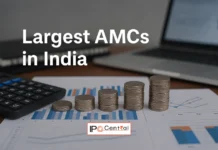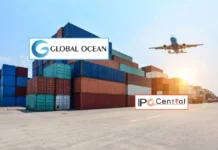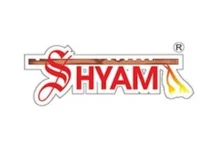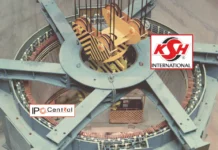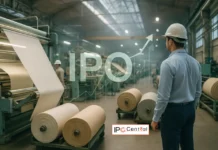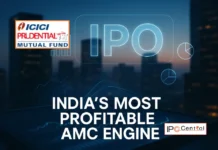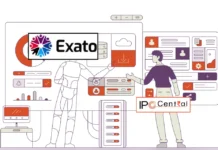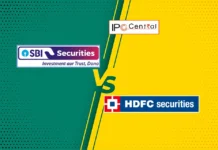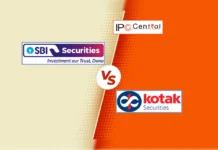
IPO Central caught up with Mr. Sumit Vora, head of strategy and operations at Kranti Industries which is scheduled to start its maiden IPO on 14 February 2019. The upcoming IPO of the Pune-based automotive components manufacturer will test the market’s appetite for SME IPOs. While our readers can get more details about the public offer on the discussion page for Kranti Industries IPO, here are excerpts of our interview with Mr. Vora, offering an insiders’ view of the company’s business and its prospects.
IPO Central: Could you tell us something about the history of Kranti Industries?
Sumit Vora: My father started the business in 1981. It was a typical small scale unit, started below the residence with a small lathe machine. He started small but his vision was very clear i.e. to revolutionise the machining process. His motto was “Work hard with honesty and things will follow”. Around 2003, my elder brother Sachin and myself joined the business. Till 1999, we were into conventional business but then my father decided that it was time to move ahead as the technology was about to get very common. In 1999, we bought our first CNC machine and while it was a retrofit machine, we were among the first ones in the industry to install a CNC machine within the SME domain. In early 2000’s, we entered into 5-axis machining turn mill centre & horizontal machining centre which were again steps ahead of the times. Our approach has always been to stay one step ahead of the competition. Of course, this approach has its risks but it has worked for us so far.

What kind of early challenges you faced in the early years?
In business, challenges are never ending and competition is cut throat in the automotive industry day in and day out. At the same time, it is a huge industry so there are opportunities as well. However, it is a heavy capex industry so you have to first invest and only then, your capacity increases. If you have capacity, customers have business in huge numbers.
Were there any instances which threatened the existence of the company?
Not directly or due to the industry downturns or competition. In 2011, when my father expired untimely, there was a lot of uncertainty. He was 55 and pretty much actively involved in the business. We were more into technical and day to day side of the business while he was directly handling the business from the strategic angle. That six month period was a timeframe when the confidence was shaken among our customers, suppliers, and workers. In hindsight, it was no different from what we see in other industries when there is a senior management change. Those six months were the toughest for both of us (Sumit’s brother Sachin is the managing director of Kranti Industries) and tested us big time. Thankfully, we overcame that challenge in a gradual and steady way.
What is the scope of value addition, margin expansion from here?

The margins are fair bit enough, not too low and not too high. And to improve value addition, there are two ways – process improvement and control overheads. We are doing stuff like returnable packaging which makes lives easier for our customers as well as for us. Margins are going to increase on the basis of these initiatives for Kranti Industries. There are some transformational opportunities and we are discussing where we can increase our value addition but currently there is nothing on paper.
What is your strategy regarding business expansion and diversification?
In 2015-16, we were heavily dependent on two-wheeler and tractor industry and the two were contributing almost 85-88%. This was obviously a danger sign for us and we started looking in associated industries to diversify. Unfortunately, 2015-16 was also a period of poor monsoon so agriculture sector had a major hit back. So we were thinking ab
out diversifying and this thing happened. We had a few discussions with players in other market segments, a few orders from customers and had buildup capacity accordingly and at the same time, the slowdown hit us. Meanwhile, our expansion in other industries was delayed by six months. If you look at those two years’ financials, there was a hit on our profitability. After that, there is again steady growth.
This diversification helped us and now we are catering to five industry segments. The largest of them accounts for just 27% of our revenues so there is fair bit of diversification but we are not stopping here. We are moving ahead with our joint venture with Steel Forge Cast Industries in Rajkot. There we are more likely to look at non-automotive industry. It may take 3-5 years to develop this business.

Do you have long term contracts with your clients?
We have such a long term contract with CNH Industrial which is valid up to 31 December 2021 and is a win-win situation for both the parties. The customer has a confidence that this supplier is going to offer me service for the next 3-5 years. I get an assurance that this customer is with me. Whichever way the market moves, I’ll suffer accordingly but this business will remain with me. So this arrangement has been a peace of mind for both of us. CNH Industrial represented 23% of our revenues for the six months ended 30 September 2018 so this is a great agreement.
We have done this with couple of customers. Apart from CNH, we have a similar arrangement in place with Oerlikon (this agreement is coming to an end in December 2019) from which we have also received Performance Appreciation Award for outstanding contribution for new part development in casting and machining commodity.
Where do you see Kranti Industries five years down the line?
Five years is quite far away but the next 2-3 years are going to be interesting for the automotive industry because of new regulations. Stringent pollution norms and fuel efficiency improvement will mean that people making critical components will have good future. We have been working in this area for last so many years and even though we are not directly involved, our products end up helping OEMs with fuel efficiency requirements.
Customers who have witnessed industry slowdowns are seeing that their suppliers can sustain such shocks. So the process of purchasing from OEMs has also changed now. Earlier, it was more about price negotiation with some auditing involved. But now customers are looking at your financials, management, systems to ensure that suppliers offer long term results. So this evolution has happened in the automotive industry from OEMs. So companies strong on these fronts are going to do well and we see ourselves in a reasonably well-placed position.
Kranti Industries IPO details – The upcoming IPO is priced at INR 37 per share and will be open between 14 and 20 February 2019. In total, 1,752,000 shares will be sold amounting to INR8.58 crore. Investors can place their bids in multiples of 3000 shares. Please head to this page for more details about the upcoming IPO. Feel free to also go through our objective analysis of Kranti Industries IPO.
The interview with Kranti Industries is part of our efforts to offer more insights into operations and opportunities in SME IPOs. In no way, this should be considered an investment advice.
If you wish to tip us about more such interviews, please shoot a mail to admin at ipocentral.in.




